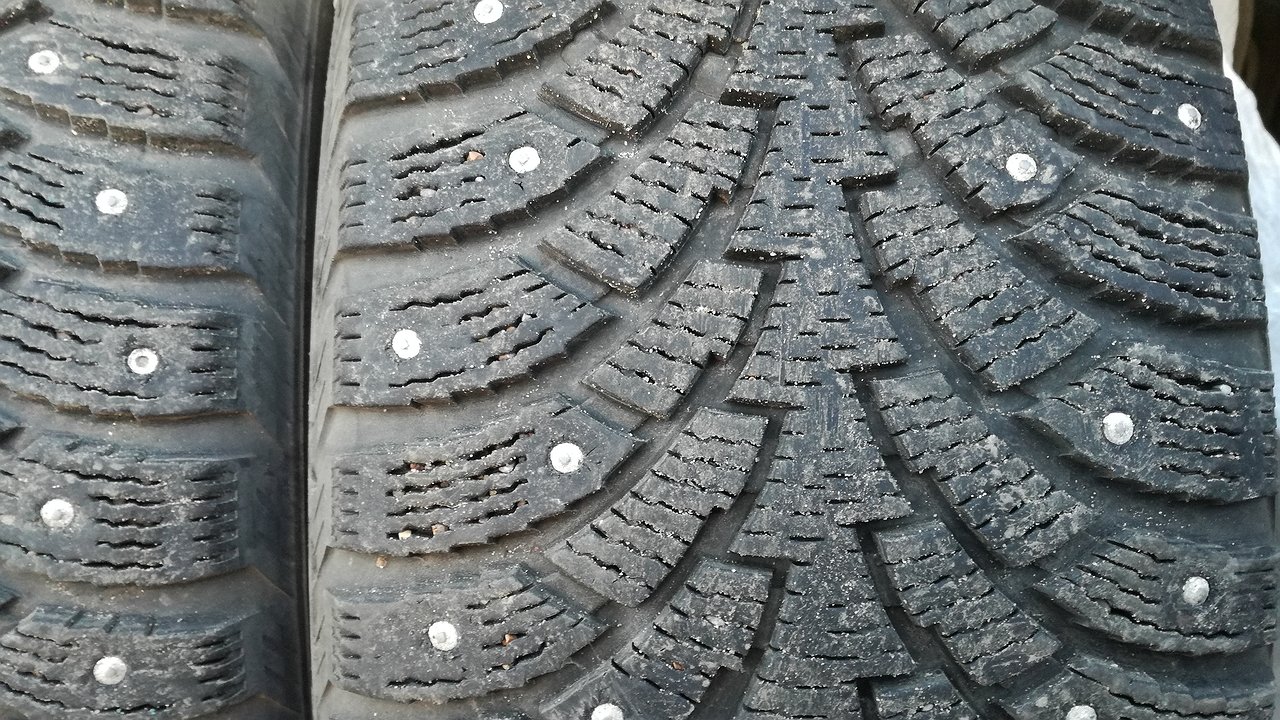How to radically reduce the noise of studded tires
- November 3, 2023
- 0
Many car owners stubbornly believe that studded tires in winter are a “must have”, as they say. But this does not mean that they appreciate the sound effects
Many car owners stubbornly believe that studded tires in winter are a “must have”, as they say. But this does not mean that they appreciate the sound effects

All winter tires make more noise when driving than summer tires – this is an axiom. Simply because it has a bolder tread pattern. But this does not mean that you have to meekly endure the buzz and clatter of nails on the asphalt.
The most radical way, if not to completely get rid of the “wheel” noise, then at least to greatly reduce its intensity, is additional sound insulation of the wheel arches (at least), and ideally the entire lower part of the body. Let us note that for the vast majority of Chinese passenger cars, which are now rapidly filling the domestic car market, things are very sad with the sound insulation of the wheel arches and bottoms. Off the top of my head, you can’t name a model from the People’s Republic of China that, sitting behind the wheel, you wouldn’t want to slap the engineers responsible for the acoustic comfort in the cabin. In general, Russian automotive services dealing with sound insulation will inevitably flourish in the coming years.
However, the foresight of the car owner can also reduce the noise of studded tires. Each tire model, in addition to the load capacity, permitted speed and other characteristics specified by the manufacturer, also has a noise index.
It is usually presented as a separate badge on a paper brand sticker on a tire on a rack at a car dealer. This is a stylized image of a “speaker” emitting sound waves. The fewer such black sound waves appear in this figure, the quieter the tire runs.
When choosing studded wheels, also pay attention to the tread pattern. If you are not indifferent to the noise level, then (the drawing) should be asymmetrical. Such tires are generally more expensive than tires that are available with a symmetrical “pattern” on the tread. But here everyone decides for himself what he considers more important: saving money or reducing noise levels.
And finally, before you curse at the obviously loud operation of the tires, check the tire pressure. If they deflate even slightly, it significantly increases rolling resistance and contributes to increased noise. Pump up the wheels and the noise coming out of them will probably decrease noticeably.

All winter tires make more noise when driving than summer tires – this is an axiom. Simply because it has a bolder tread pattern. But this does not mean that you have to meekly endure the buzz and clatter of nails on the asphalt.
The most radical way, if not to completely get rid of the “wheel” noise, then at least to greatly reduce its intensity, is additional sound insulation of the wheel arches (at least), and ideally the entire lower part of the body. Let us note that for the vast majority of Chinese passenger cars, which are now rapidly filling the domestic car market, things are very sad with the sound insulation of the wheel arches and bottoms. Off the top of my head, you can’t name a model from the People’s Republic of China that while driving you wouldn’t want to punch the engineers responsible for the acoustic comfort in the cabin. In general, Russian automotive services dealing with sound insulation will inevitably flourish in the coming years.
However, the foresight of the car owner can also reduce the noise of studded tires. Each tire model, in addition to the load capacity, permitted speed and other characteristics specified by the manufacturer, also has a noise index.
It is usually presented as a separate badge on a paper brand sticker on a tire on a rack at a car dealer. This is a stylized image of a “speaker” emitting sound waves. The fewer such black sound waves appear in this figure, the quieter the tire runs.
When choosing studded wheels, also pay attention to the tread pattern. If you are not indifferent to the noise level, then (the drawing) should be asymmetrical. Such tires are generally more expensive than tires that are available with a symmetrical “pattern” on the tread. But here everyone decides for himself what he considers more important: saving money or reducing noise levels.
And finally, before you curse at the obviously loud operation of the tires, check the tire pressure. If they deflate even slightly, it significantly increases rolling resistance and contributes to increased noise. Pump up the wheels and the noise coming out of them will probably decrease noticeably.
Source: Avto Vzglyad
Donald Salinas is an experienced automobile journalist and writer for Div Bracket. He brings his readers the latest news and developments from the world of automobiles, offering a unique and knowledgeable perspective on the latest trends and innovations in the automotive industry.